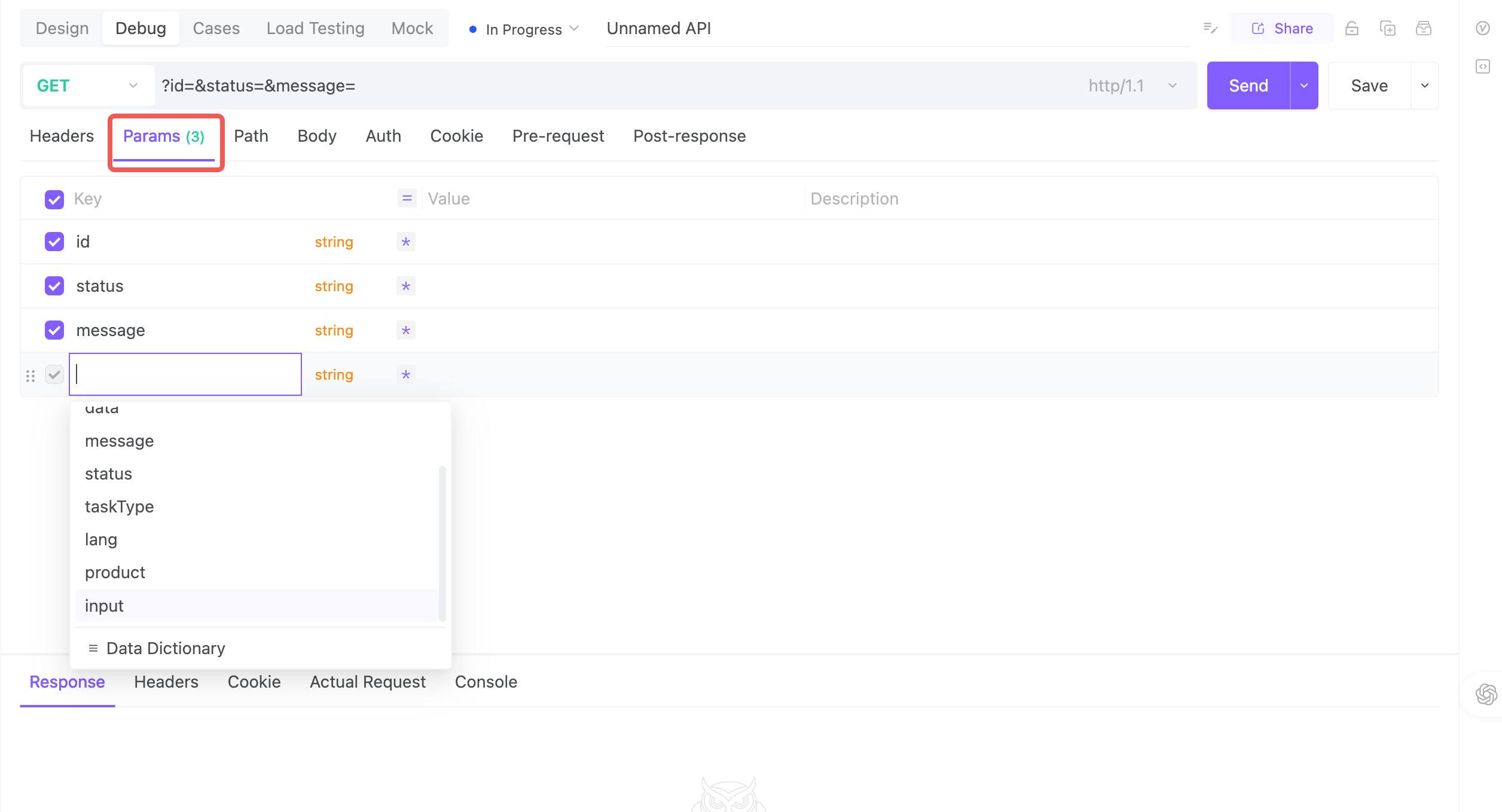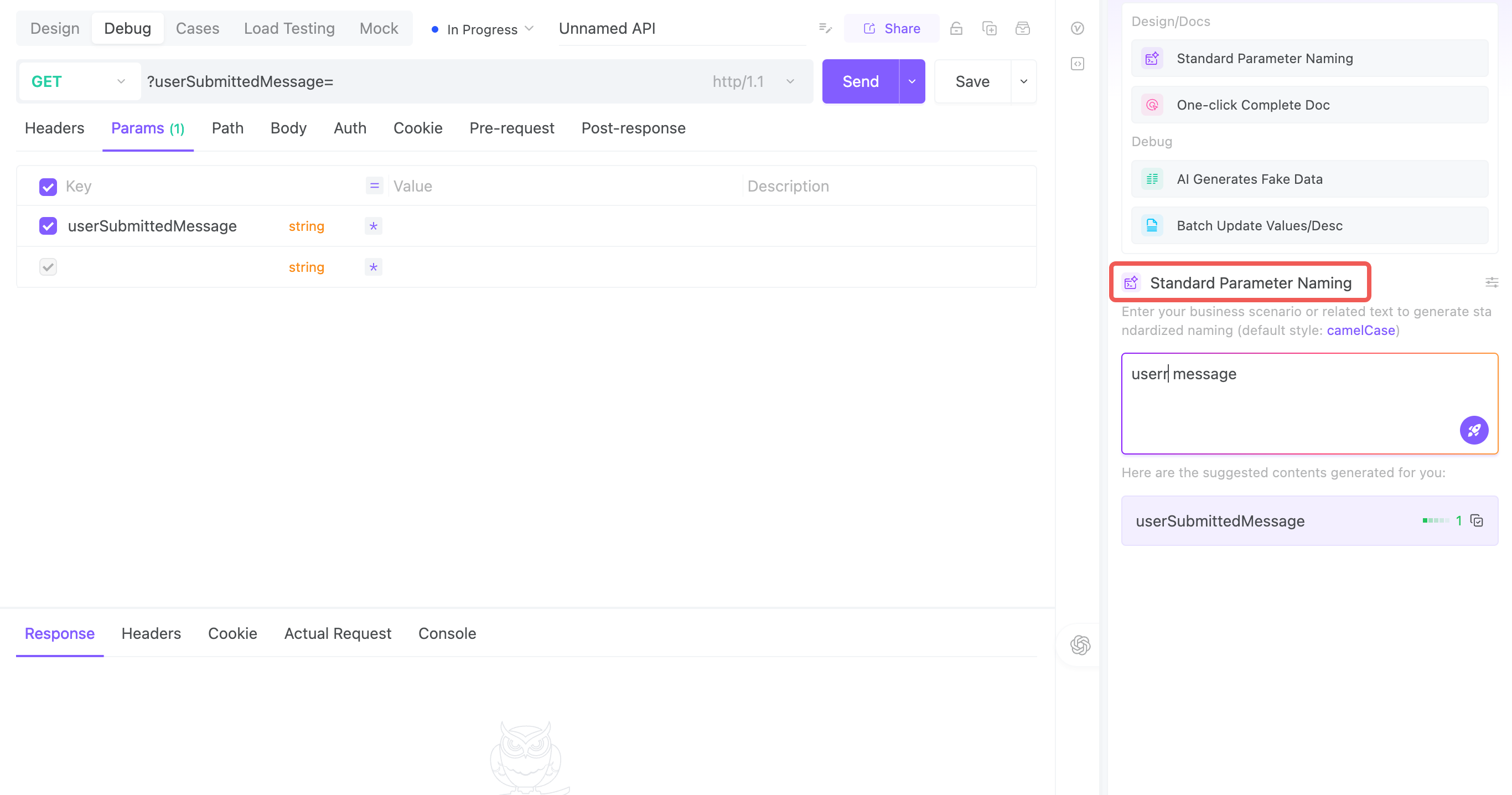Query Parameters in URLs: When, Why, and How to Use Them Right
This article delves into the rationale and proper usage of URL query parameters.
Have you ever stared at a URL like this in your browser’s address bar while debugging:
?id=42&mode=edit
…and thought:
“Why are these parameters out in the open like this? Can’t we just… tuck them away in the request body or something less flashy?”
Hold that thought! Today, we’re going to talk about those humble query parameters—why they live in your URL, and why they absolutely deserve to be there with pride.
Ordering Noodles, Developer Style
Here’s a real-life dev scenario:
const userId = getUserIdFromSession();
fetch(`/api/user?id=${userId}&mode=edit`)
.then(res => res.json())
.then(showEditForm);
This API call is doing one thing: fetching editable user info.
Let’s break it down:
- The fetch function in JavaScript defaults to a GET request if the method parameter is not specified.
- No large payload in the request.
- Parameters = who + what to do.
This is the equivalent of walking into a noodle shop and saying:
“One beef ramen, extra spicy, no scallions!”
The ?id=42&mode=edit part is just that: your extra spicy, no scallions. Straightforward, declarative, and harmless.
GET Params Are Not POST Fillings
A lot of beginners ask:
“Can I just put ?id=123 in the body instead? It feels cleaner.”Sure, you can — as long as you don’t mind that GET requests completely ignore the body.
That’s just how HTTP works. We didn’t make the rules.
Take a look:
// ❌ Don’t do this — the body is ignored on GET requests
fetch('/api/user', {
method: 'GET',
body: JSON.stringify({ id: 123 }) // Useless here
});
It’s like walking up to a food truck and trying to order an extra egg…
...with just your eyes.
How is the cook supposed to know what you want?
Query Params are your clear, confident voice saying:
“Extra guac. No onions. Corn tortilla. Gracias.”
Use Case 1: Resource Discovery (a.k.a. GPS for APIs)
fetch('/api/products?category=smartphones&sort=price_asc&page=2');
This API doesn’t change the world—it just fetches a filtered list of stuff. It’s a read operation, not a write.
Putting filters and sort orders in the URL is like setting coordinates on your GPS. It tells the server exactly where you want to go and how.
✅ REST Tip: GET = ask the world questions without changing it
URLs like this can be easily cached, shared, or bookmarked. Paste it into Slack, and your teammate knows exactly what you’re querying.
Use Case 2: Cacheability (CDNs Love Query Params)
From browser caches to CDNs to proxies, everyone loves a predictable URL.
GET /api/posts?tag=nodejs&page=1
GET /api/posts?tag=nodejs&page=2
Each URL is like a unique cache key. Clean, isolated, and optimized for performance.
Like ordering lunch to your office—you write your full address every time. The delivery driver doesn’t guess your floor.
Use Case 3: Debug Friendliness
Even if you didn’t write the API, this:
https://api.example.com/search?query=chatgpt&lang=en&page=3
…makes instant sense.
But this?
POST /search
Body: { "query": "chatgpt", "lang": "en", "page": 3 }
Now you’ve gotta open DevTools → Network tab → Preview tab → Maybe expand JSON → Sigh.
Query Params are like leaving a sticky note on your door:
“Went out for coffee, back at 3pm.”
One glance = full context.
When Should You Not Use URL Params?
Let’s not get carried away. Some data just isn’t meant to be hanging out in public like that.
| Situation | Use URL Params? | Why Not? |
|---|---|---|
| Sensitive info (passwords, tokens) | ❌ Nope | URLs can be cached, logged, shared—danger! |
| Large blobs of data | ❌ Nah | URL length limits, ugly structure |
| Modifying state | ❌ Please no | Use POST/PUT for anything that changes stuff |
✅ When to Use vs. Avoid Query Params
| Param Type | Use URL | Use Body | Why |
|---|---|---|---|
| Filtering resources | ✅ | ❌ | Clarity & cacheable |
| Bookmarkable state | ✅ | ❌ | Easy to share, reload |
| Private data | ❌ | ✅ | Don’t leak stuff in URLs |
| Large form submissions | ❌ | ✅ | Body handles size & structure |
| Mutations | ❌ | ✅ | GET should not change the world |
Tired of String Concats? Meet EchoAPI
Still manually stitching together URLs like it’s 2009?
`/api/user?id=${id}&mode=${mode}&sort=${sort}`
That’s like writing your resume in Notepad.
C’mon. You’re building modern apps with React, Next.js, and Tailwind—but still hand-wrapping params? Time to evolve.
Enter EchoAPI—your new param sidekick, interface stylist, and team consistency coach.
1. Visual Param Editor — No More flag=1 Headaches

Remember trying to decode URLs like:
flag=1— Does that mean "enabled" or "disabled"?type=2— Is that an admin, a power user, or a squirrel?
EchoAPI gives you:
✅ Click-to-add key/value/description
✅ Clean table-like param views
✅ Zero guesswork
It’s like giving your parameters name tags and job titles: “Hi, I’m sortMode, I decide the order.”
2. Smart Naming Assistant — So Your API Isn’t Called getListV2Final_New

Naming APIs is hard. Typos? Embarrassing.
You try getListV2ByNew, then forget what it even does.
You type serchQuerry at 2AM and don’t catch the typo until it’s in production. Oof.
With EchoAPI’s Standard Parameter Naming, you don’t have to sweat it.
Not only does it suggest clean, consistent names like:
userIdsortDirectionsearchQuery
…it also auto-corrects your wonky spellings and weird casing on the fly.usr_iid? → userId.srch_querry? → searchQuery.
It’s like having a grammar nerd and a product manager in your autocomplete — making sure your API sounds like it was designed on purpose.
Fewer naming regrets. No more typo-driven shame in code reviews.
3. Param Dictionary — No More uid vs. userId vs. user_id Drama

We’ve all seen it:
| Project | Param Name |
|---|---|
| A | userid |
| B | user_id |
| C | uid |
| D | u |
EchoAPI includes a shared Parameter Dictionary, so once you define userId: string, you can re-use it in every future endpoint.
Final Words: Params Aren’t Just Data—They’re Structured Dialogue
APIs aren’t just code—they’re conversations between systems.
Query Params aren’t just optional decorations—they’re the vocabulary we use to ask specific, reproducible, and debuggable questions.
With tools like EchoAPI, you don’t just build endpoints.
You build shared language, consistent experience, and clean developer UX.
Tired of chaotic endpoints and string-spaghetti URLs?
Check out EchoAPI — and let your URLs grow up.
Make your params readable.
Make them reusable.
Make them proud.




 EchoAPI for VS Code
EchoAPI for VS Code

 EchoAPI for IntelliJ IDEA
EchoAPI for IntelliJ IDEA

 EchoAPl-Interceptor
EchoAPl-Interceptor

 EchoAPl CLI
EchoAPl CLI
 EchoAPI Client
EchoAPI Client API Design
API Design
 API Debug
API Debug
 API Documentation
API Documentation
 Mock Server
Mock Server








